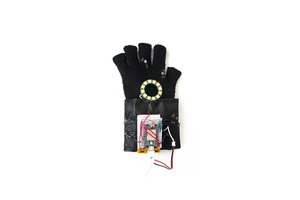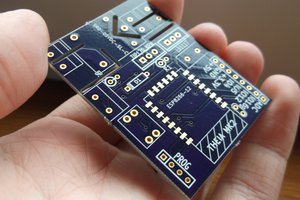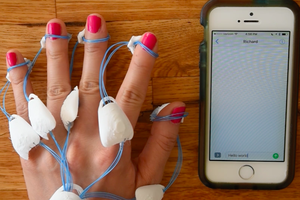Currently switches used in the mobility industry are of a momentary/latching SPDT, SPST N/O, SPST N/C style. there are other styles but these are the primary. These switches even the ones that are designed for the industry are industrial looking, and look foreign in a automobile. Each have their pros and cons. The main cons are that they look out of place in modern vehicles, and can't be used by every person. This requires a shop to stock many types of switch and potentially using a best fit even though it isn't ideal. A common benefit of the switch style I am proposing is that it can be made to look while not stock to the vehicle, at least not like an eyesore. Capacitive touch sensors are being used in many places, but the technology has not filtered in to the Mobility Industry as of yet.
Benefits of having a touch sensor are that instead of having to manipulate a switch, the person would only have to touch an area that has been made into a sensor. The touch area, could be hidden behind a panel in the door, dash or other area, or could be mounted in a cloth/leather/vinyl bolster that matches the interior, but still at the very least matches the interior of the vehicle.
The Switch would be active, meaning that it would require power and ground, but would have outputs that could match the style of switch that it would replace. It would require more connections to the vehicle, but not any more so than the Technicians in the industry are used to dealing with.

 Elaine Cheung
Elaine Cheung

 Christine
Christine
 Quinn
Quinn